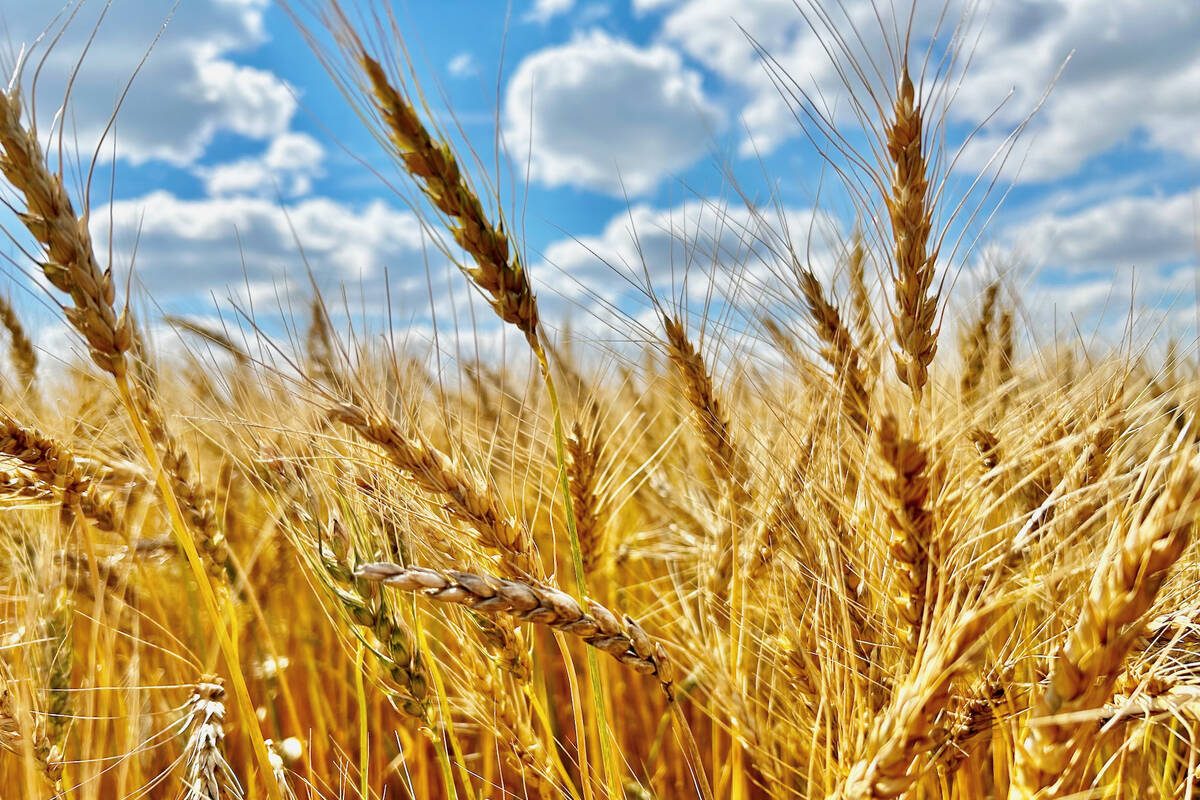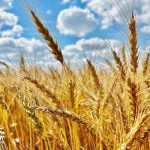Compared to last week, western Canadian yearlings markets traded $2-$4 higher on average; feeder cattle in the 600- to 800-pound weight category were up $3 to as much as $6 while calves under 600 lbs. traded $4-$8 higher.
The Canadian dollar strengthened on Friday but the softer tone from Monday through Thursday contributed to the stronger feeder prices. More importantly, the feeder market has developed a two-tier price structure based on when the animal will be ready for the finished market. U.S. beef production supplies will be extremely burdensome during the third quarter; however, the cattle market transitions to a historically tight fundamental structure for the final quarter of 2022 and first quarter of 2023. Major feedlot operators were extremely aggressive for cattle in the 600- to 800-lb. category. Demand for grass cattle is limited although Ontario buyers were stepping forward in Manitoba for lighter-weight calves. Temperatures across the Prairies have been 3-4 C cooler than normal, delaying pasture development. Forage supplies are down to minimal levels and early hay crops will also be delayed by a couple of weeks.
Read Also

Expana lifts EU cereal forecasts, maize exceeds expectations
Expana has raised its monthly grain production forecast for European Union crops for the 2025/26 season, projecting soft wheat output will hit a record high and barley a 17-year high.
In central Alberta, larger-frame tan steers carrying moderate butter averaging 900 lbs. on small grain ration with full health data dropped the gavel at $195; similar-quality heifers averaging 850 lbs. were quoted at $181. In the Lethbridge region, red and white face steers from a backgrounding operation on light grain ration with full processing ready for finished program averaging 805 lbs. were valued at $202; similar-quality and -weight heifers were reportedly traded hands at $188. The volume of yearlings in Saskatchewan and Manitoba last week was limited, making the market hard to define in these provinces.
In the Red Deer region, a group of larger-frame medium-flesh mixed steers weighing 770 lbs. dropped the gavel at $217 and heifers of the same calibre averaging 710 lbs. were valued at $188. Northwest of Winnipeg, medium- to larger-frame Angus-blended steers weighing 730 lbs. were reported at $207 and Charolais heifers averaging 745 lbs. were reported at $189.
In central Saskatchewan, Simmental mixed steers weighing 630 lbs. were quoted at $228 and their lighter sisters weighing 610 lbs. were valued at $197. In Manitoba, tan steers averaging 550 lbs. reached up to $250 and a mixed group of black heifers weighing 500 lbs. were quoted at $223. Near Lethbridge, a smaller group of red heifers averaging 580 lbs. dropped the gavel at $224. The volume of calves under 500 lbs. were limited across the Prairies. Buyers had to be fairly aggressive on groups under 600 lbs. Southern Alberta is in a drought; Manitoba farmers are contending with excessive water with more rain in the forecast.
— Jerry Klassen is president and founder of Resilient Capital, specializing in proprietary commodity futures trading and market analysis. Jerry consults with feedlots on risk management and writes a weekly cattle market commentary. He can be reached at 204-504-8339 or via his website at ResilCapital.com.
















